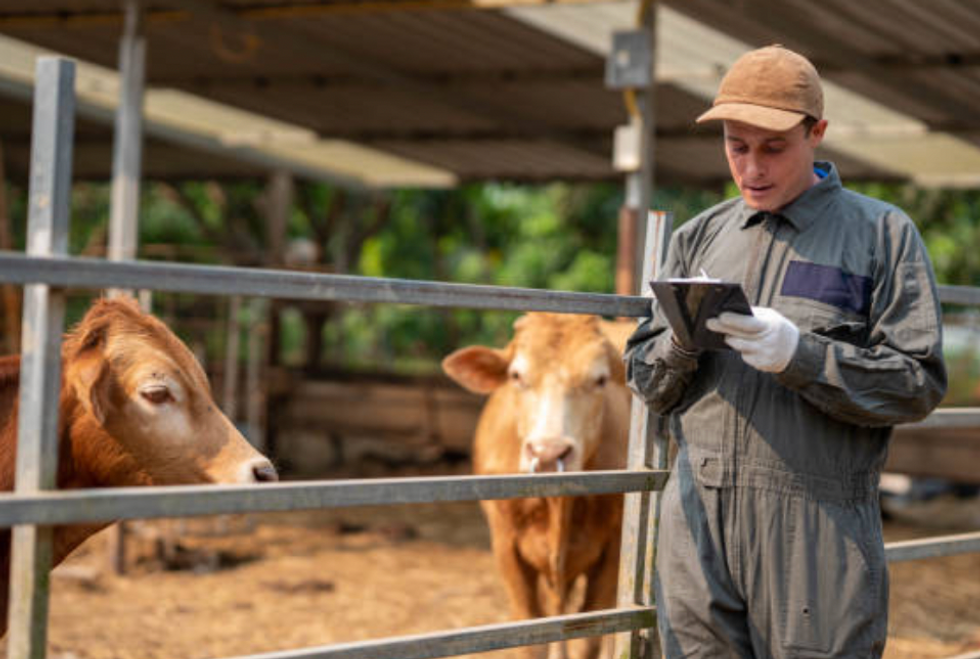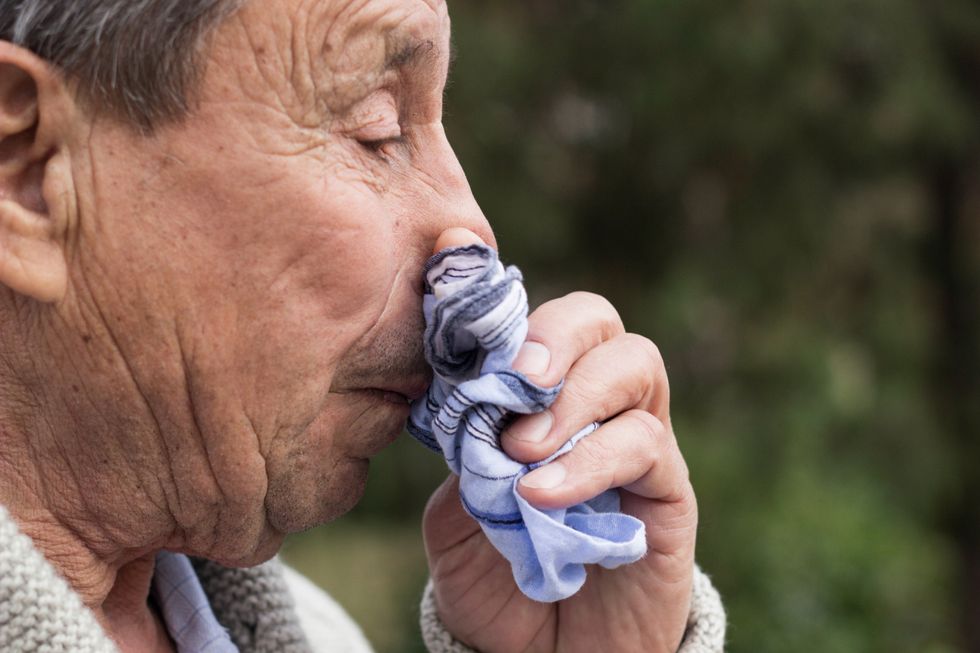The world could face another pandemic if H5N1 bird flu undergoes a 'single mutation change', warns an immunologist
Getty Images
New research suggests the virus can spread through the respiratory system
Don't Miss
Most Read
Trending on GB News
The multistate outbreak of bird flu in dairy cows could trigger a new pandemic, experts fear.
Avian influenza A (H5N1), or bird flu, has killed millions of wild birds and caused sporadic outbreaks among poultry.
It is caused by influenza type A viruses, which primarily affect birds.
Symptoms range from mild flu-like illness, such as coughing, to severe illness that requires hospitalisation.
A new variant of H5N1 was first identified in cattle in Texas in March 2024. Since then, the virus has been detected in 157 herds.
Four people have also become infected after coming into contact with cows across 13 US states.
These cases are thought to be the first cow-to-human transmissions of the virus.

Four people have also become infected after coming into contact with cows across 13 US states
Getty ImagesSo far, there have been no signs that the bovine-linked outbreak has started spreading between humans.
Countries are nevertheless preparing for this possibility by ramping up surveillance and purchasing vaccines, with new ones in the pipeline.
Health officials have good reason to be nervous.
The World Health Organization recorded 463 deaths among 888 cases of bird flu between January 2003 and March 2024.
“This virus in its current state does not look like it has the characteristics of causing a pandemic," said Scott Hensley, an immunologist at the University of Pennsylvania in Philadelphia.
However, "with influenza viruses, that equation could entirely change with a single mutation”, he told the journal Nature.
Speaking to the journal, Angela Rasmussen, a virologist at the University of Saskatchewan in Saskatoon, Canada, echoed Professor Hensley's fears, adding that stopping a pandemic is getting “more slim by the day”.
The main fear is that, if H5N1 starts spreading effectively in cows through the respiratory system, it would be harder to control and the risk of it spreading to humans would increase, given the close contact that cows have with people.
The fear is not unfounded, according to a new preprint study, posted on bioRxiv.
To better understand infections in cows, several teams conducted challenge studies in which they experimentally infected animals with H5N1.
LATEST DEVELOPMENTS

if H5N1 starts spreading effectively in cows through the respiratory system, the risk of human spread will increase
Getty Images
Amy Baker and her colleagues at the US Department of Agriculture (USDA) in Ames, Iowa, infected cows and calves with the specific H5N1 strain isolated in Texas cattle early in the outbreak.
They exposed four female one-year-old calves to virus-laden mist through a mask that covered the animals’ noses and mouths. All of the infected animals produced neutralizing antibodies against the virus, confirming that they were infected.
The infected calves exhibited mild symptoms, and the researchers isolated infectious virus in the upper airways of two of the four calves.
The study findings suggest that in an environment where hundreds of animals are held in close quarters, the virus could be spreading through the respiratory route.
But given that the animals did not shed virus at high levels in their airways, it is probably not a major source of spread, says Thomas Peacock, a virologist at Imperial College London, who not involved in the study.
It comes after an analysis by scientists at the University of Wisconsin-Madison in the US found viral samples taken from cows were able to attach to receptors found on cells in the human respiratory tract.
The version of H5N1 found in birds is unable to do that, suggesting the bovine virus has mutated.
However, only ferrets exposed to the H5N showed signs of clinical disease, indicating that the cow influenza virus does not transmit efficiently via respiratory droplets in ferrets.
Not out of the woods yet
This is cold comfort to Professor Hensley, who told Reuters that "it almost seems like a pandemic unfolding in slow motion".
The prof added: "Right now, the threat is pretty low ... but that could change in a heartbeat."
According to the US Centers for Disease Control and Prevention (CDC), the spread of the virus among cows is a sign that it could mutate in them, potentially making it easier for the virus to spread to other animals and make the leap to humans.
Former director of the CDC Robert Redfield has warned this outcome would be devastating: he puts the mortality rate of human-to-human transmission at “somewhere between 25 and 50 percent".
In contrast, Covid-19 had a mortality rate of 0.6 percent.
Researchers have found that five amino acids have to change their key receptor for bird flu to start spreading between humans like Covid.
Whether it be bird flu or another virus, the conditions are being created for a new pandemic. The risks posed by intensive farming have been laid bare in a new study published in The Royal Society.








